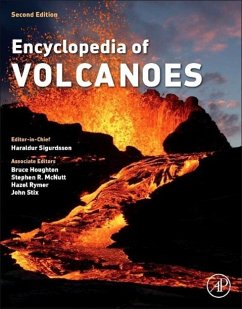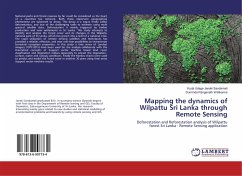
Style and Dynamics of the 79AD Plinian Eruption at Vesuvius
New perspectives from textural and experimental investigations
Versandkostenfrei!
Versandfertig in 6-10 Tagen
52,99 €
inkl. MwSt.

PAYBACK Punkte
26 °P sammeln!
The 79AD eruption of Mt Vesuvius is one of the most studied volcanic explosive events in history. It ejected ~3 km3 of material (dense rock equivalent) in the form of thick layers of pumice and ashfall interbedded with numerous large pyroclastic density current deposits, and is responsible for the destruction of Pompeii and Herculaneum. This eruption represents a type-example of plinian eruption, where activity abruptly shifted from a stable rising plume to repetitive column collapses. In this volume, I present the results of several years of research on this eruption, with a particular focus ...
The 79AD eruption of Mt Vesuvius is one of the most studied volcanic explosive events in history. It ejected ~3 km3 of material (dense rock equivalent) in the form of thick layers of pumice and ashfall interbedded with numerous large pyroclastic density current deposits, and is responsible for the destruction of Pompeii and Herculaneum. This eruption represents a type-example of plinian eruption, where activity abruptly shifted from a stable rising plume to repetitive column collapses. In this volume, I present the results of several years of research on this eruption, with a particular focus on deciphering eruptive style through the (1) study of vesicle and crystal textures from sampled pumice, and (2) a detailed comparison with petrological experiments performed in the laboratory. These results provide crucial information on the physical processes responsible for the destructive transitions in eruptive behavior.












